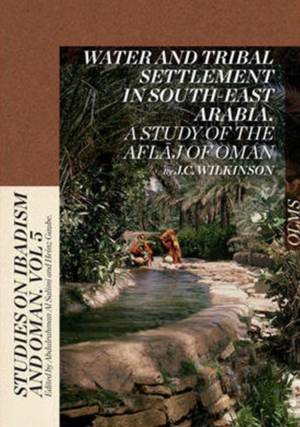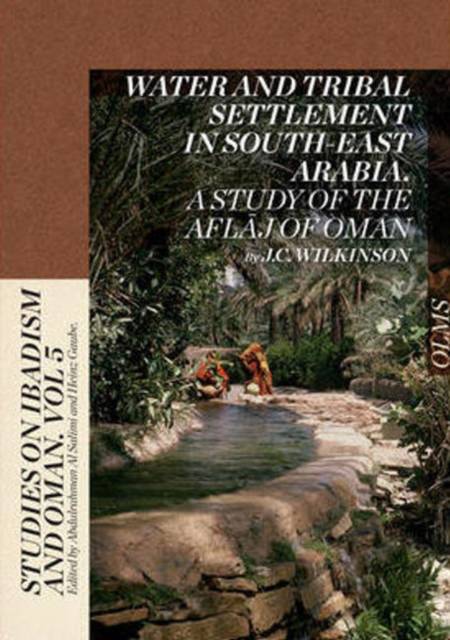
- Afhalen na 1 uur in een winkel met voorraad
- Gratis thuislevering in België vanaf € 30
- Ruim aanbod met 7 miljoen producten
- Afhalen na 1 uur in een winkel met voorraad
- Gratis thuislevering in België vanaf € 30
- Ruim aanbod met 7 miljoen producten
Zoeken
Water and Tribal Settlement in South-East Arabia. A Study of the Aflaj of Oman.
A Study of the Aflaj of Oman
J. C. Wilkinson
€ 79,95
+ 159 punten
Omschrijving
This book is a study of the traditional relationships that exist in Oman between land and social organization, and how they have evolved. The author starts with the theme of aridity and, using the extensive literature of the 1200 year old Ibadi community to supplement his field work, shows how the techniques of water exploitation have influenced the country's social organization and its political ideology. He describes how the settlement organization has evolved in two stages; the first in the years before Islam when the Persians irrigated the land using aflaj or horizontal water channels; the second after the Arabs had overthrown the Persians and, influenced by Ibadism, established a more democratic society dominated by a strong tribal structure in the villages. The tribal structure is then examined in detail and the author shows how close the links are between the Islamic ideology, land use, and social organization. As a contribution to the human geography of Oman as well as to general knowledge of the Middle East the book will interest Arabists, Islamic historians and social anthropologists, as well as hydrologists and geographers.
Specificaties
Betrokkenen
- Auteur(s):
- Uitgeverij:
Inhoud
- Aantal bladzijden:
- 276
- Taal:
- Engels
- Reeks:
- Reeksnummer:
- nr. 5
Eigenschappen
- Productcode (EAN):
- 9783487148847
- Verschijningsdatum:
- 31/05/2013
- Uitvoering:
- Hardcover
- Afmetingen:
- 175 mm x 240 mm
- Gewicht:
- 735 g

Alleen bij Standaard Boekhandel
+ 159 punten op je klantenkaart van Standaard Boekhandel
Beoordelingen
We publiceren alleen reviews die voldoen aan de voorwaarden voor reviews. Bekijk onze voorwaarden voor reviews.








